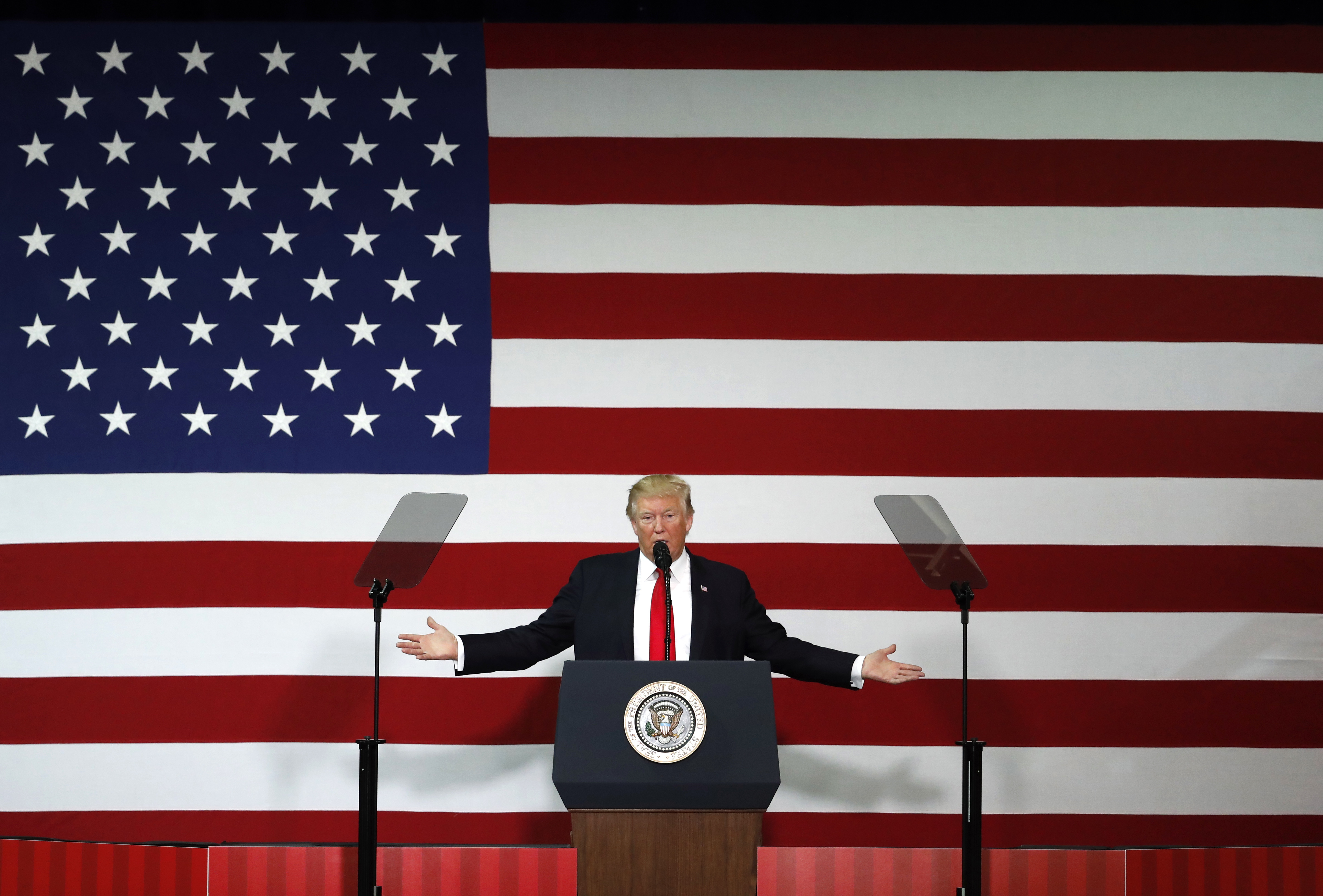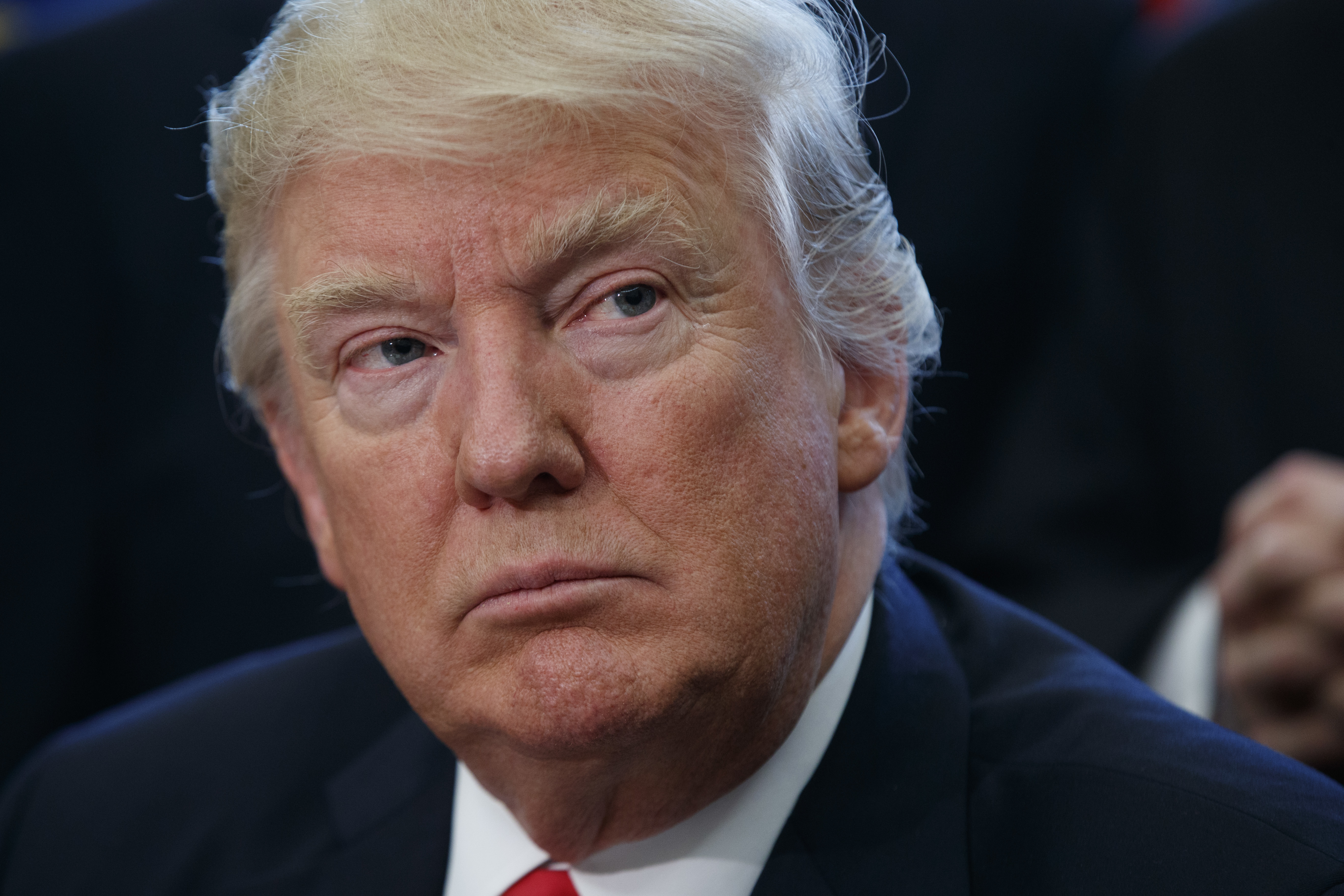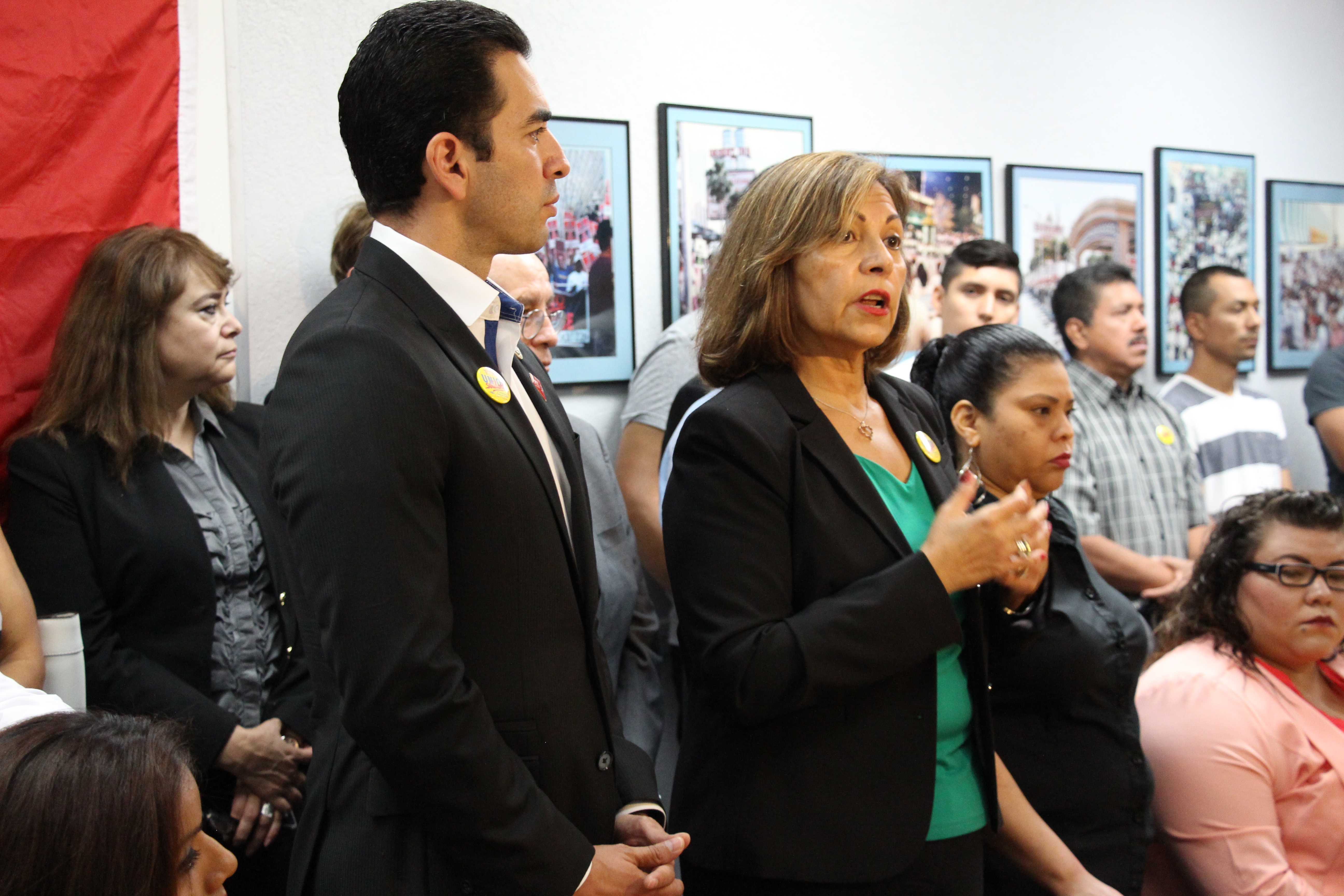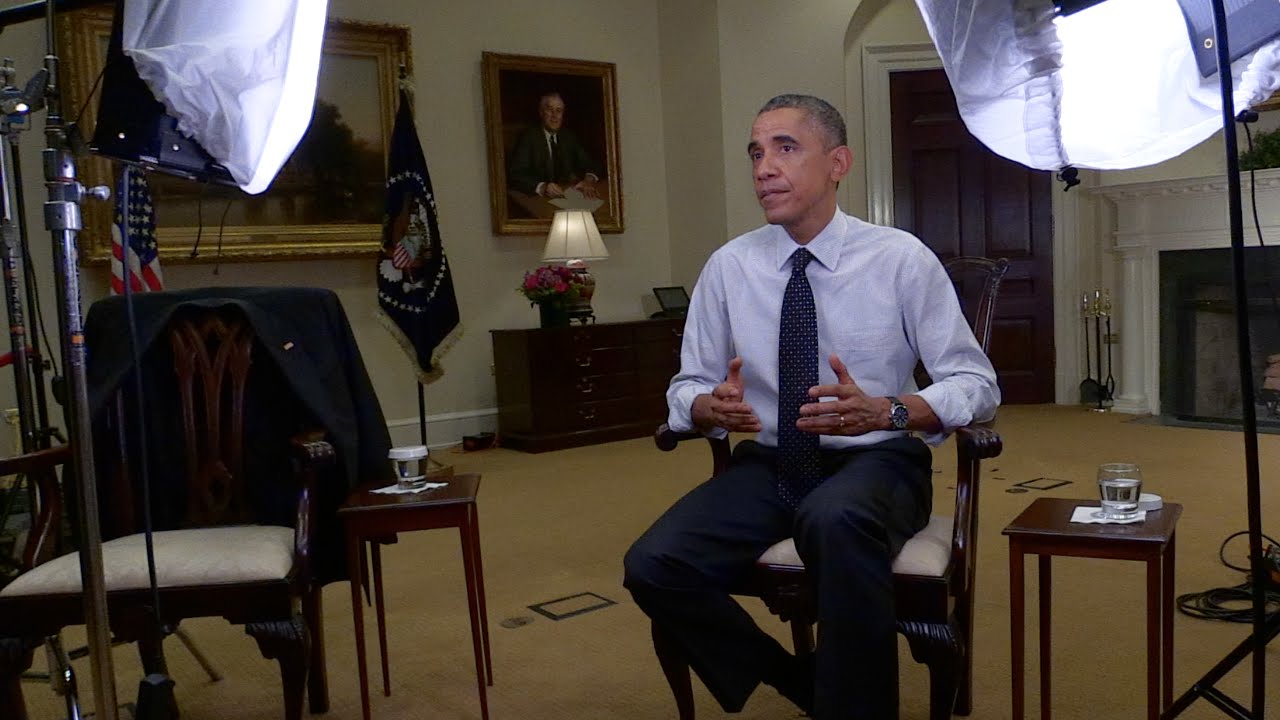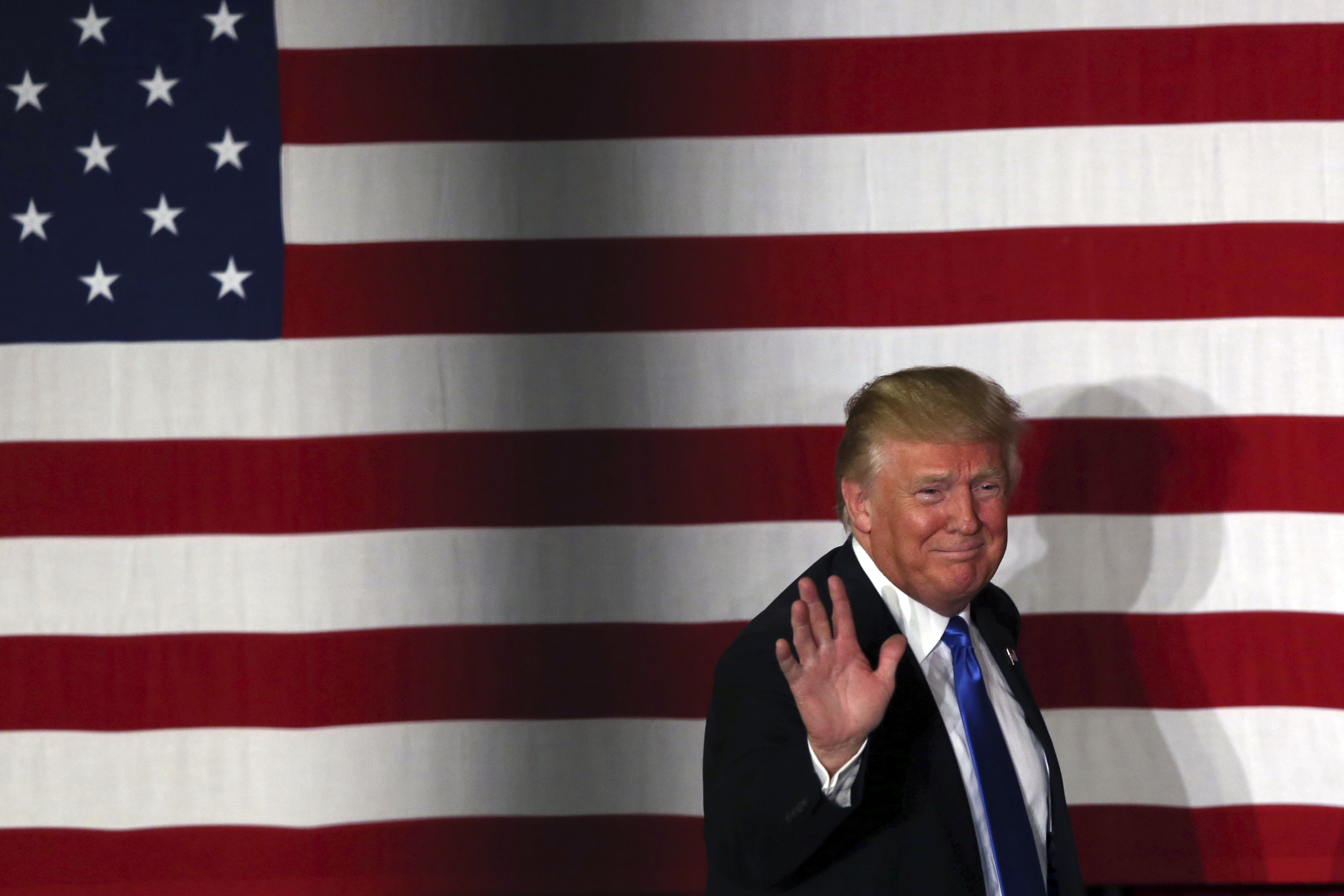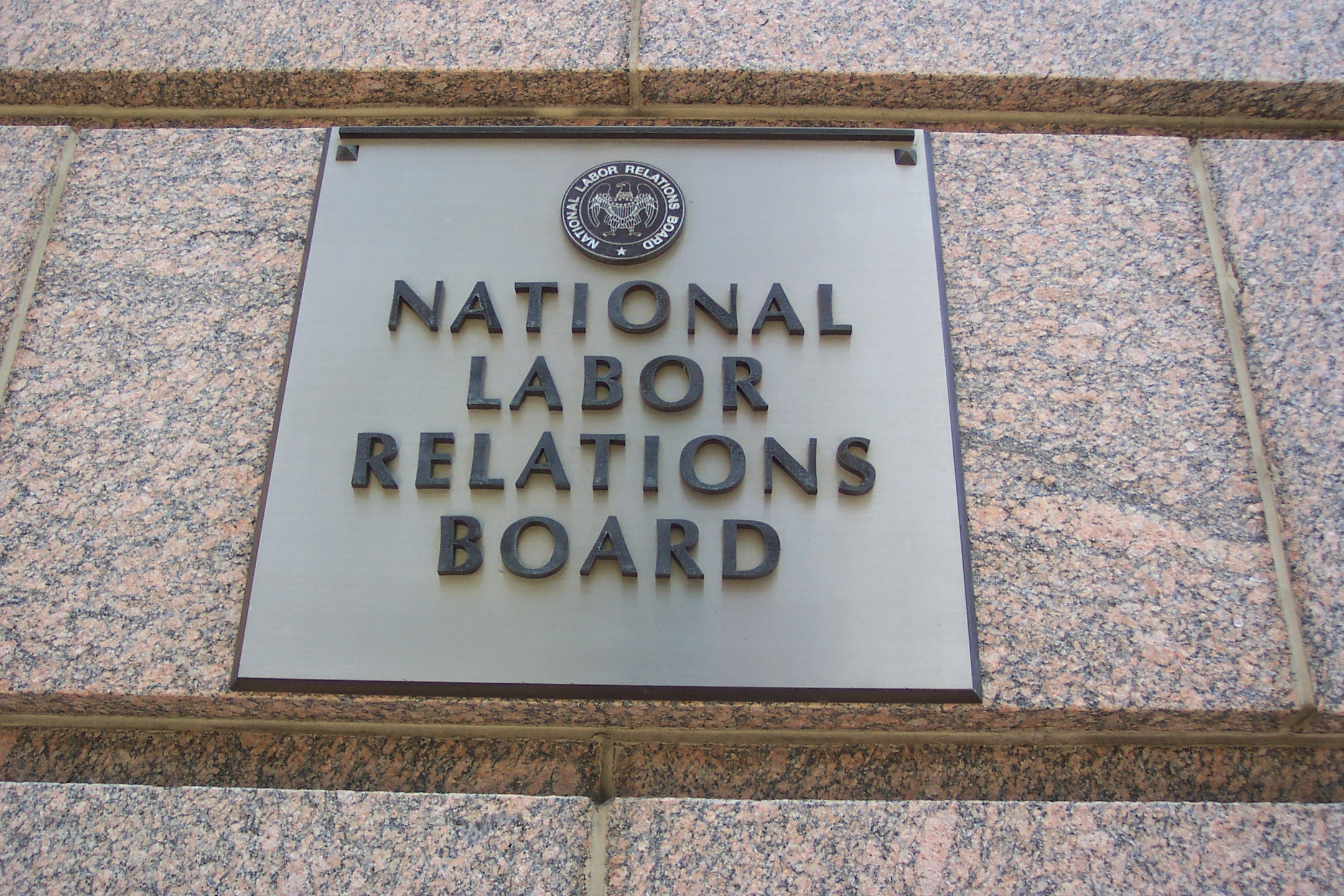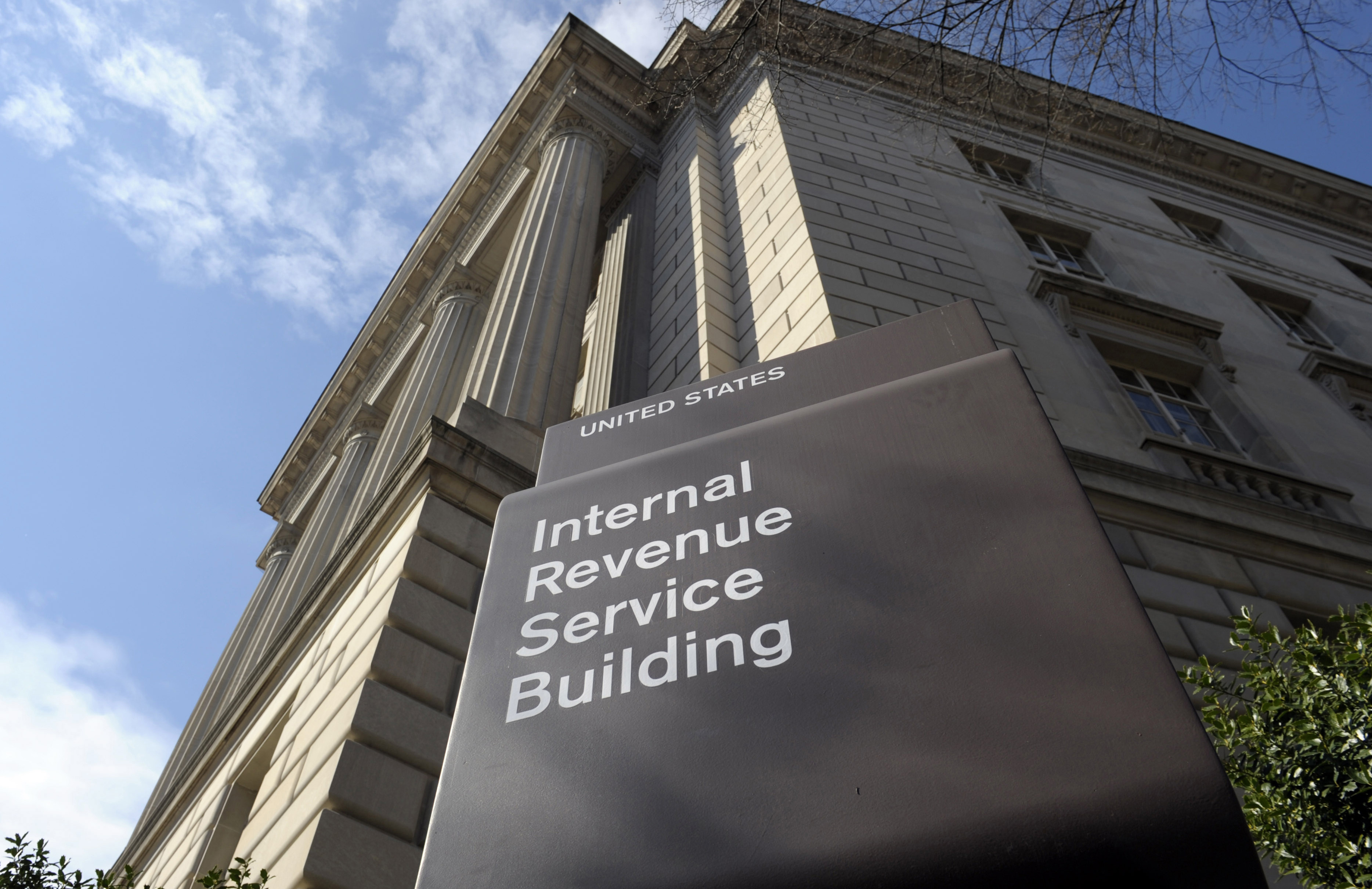
Republicans have launched their ambitious push to fundamentally overhaul the tax code in what is likely to become a tough policy fight in the months ahead.
Republicans hope to comprehensively reform the tax code in a way that hasn’t been done in decades. They have been preparing for the push over the last year. Trump marked the unofficial start of the tax reform effort Wednesday during a speech in Springfield, Missouri. He highlighted his top tax reform priorities without going into detail.
American businesses have become increasingly less competitive since the last time the tax code was fundamentally reformed in 1986. Trump noted during his speech that comprehensive tax reform is the foundation of his economic agenda. He touted a recent increase in economic growth as a sign his policies are starting to work.
“My impression is that the main players, the leadership in the House, the Senate, and the White House are all working on some sort of joint tax plan,” Tax Foundation analyst Scott Greenberg told InsideSources. “They’re trying to come up with an approach that is mutually satisfactory to all the parties so that there’s less tension inside the coalition, and not the internal infighting we saw over the course of the healthcare debate.”
Trump expressed disappointment with congressional leaders for failing to repeal or replace the Affordable Care Act. Republican leaders seem determined to make tax reform a success after their healthcare debacle. Party leaders even started pivoting towards tax reform as some lawmakers were hoping to keep trying on healthcare.
If Republicans are going to move forward on tax reform and succeed in passing a bill, there are nine critical points they will need to consider.
1.) Simplification and Rate Reduction
Republicans have argued among themselves about what the details of tax reform should be. But the overarching themes have tended to remain consistent. The top priorities they have highlighted over the past year are to do something comprehensive, simplify the tax code, and reduce rates for both individuals and businesses.
“The federal tax code is full of deductions, credits, and other special preferences,” Greenberg said. “One of the elements of tax reform is going to be trying to eliminate as many of those as possible. Both to simply the tax code and raise some revenue because the second element of tax reform is lowering marginal rates.”
Trump highlighted rate reductions and simplification during his speech in Missouri. His speech mirrored a summary his administration released April 26. House Speaker Paul Ryan and Rep. Kevin Brady introduced a more detailed policy blueprint last year which covered that same general themes.
“On the individual side, besides cleaning out the code and thereby reducing some rates, I think it’s important to simplify things,” Jeff Kupfer, professor of public policy at Carnegie Mellon University, told InsideSources . “We have multiple provisions that deal with certain areas that could get simplified.”
2.) Details Will Come Later
Republicans will have to figure out the details eventually if they want to pass comprehensive tax reform. While Republicans were broadly united on the need to replace Obamacare, the effort stalled when they were finally required to write the details into law. Similarly, tax reform minutiae will likely cause division among lawmakers working to get something drafted. Republican leaders will have to be careful not to let infighting get in the way of actually passing a bill.
“You have the members of the tax-writing committees that will put the bill together and figure out what the specific provisions are going to look like, how they can reach certain revenue numbers, and whether they can pull in certain votes by including various provisions,” said Kupfer, who served on a panel focused on federal tax reform under former President George W. Bush.
3.) The Hope For Economic Growth
Republicans hope to reform the tax code in a way that helps stimulate economic growth. President Trump has made the economy a central focus of his administration since starting his campaign. He has had a particular focus on working class issues. The economy and labor market were slow to grow in the decade since the last recession.
“Many of the specific proposals lawmakers are thinking about are particularly chosen with economic growth in mind,” Greenberg said. “As they setup their goals for tax reform, economic growth is certainly at the forefront of lawmaker’s minds when they are choosing priorities.”
The overall economy did start to show notable gains roughly two years ago. Trump won in large part by appealing to middle-class workers who felt left behind in that recovery. The Business Roundtable found in a survey that business owners would begin investing more back into their companies and employees if the tax system was improved.
4.) Republicans Have Been Preparing
Republicans have long discussed comprehensive tax reform as a top policy goal, but until the GOP won control of the White House and both houses of Congress this past year, reform appeared to be more of a pipedream. They have since released summary plans, held congressional hearings, and launched informational campaigns.
“This has been an exercise that Republicans have been engaged in for quite some time,” National Taxpayers Union senior fellow Mattie Duppler told InsideSources. “House Republicans in particular started with the Better Way Project championed by Speaker Paul Ryan last year.”
The House Ways and Means Committee explored the need for tax reform during a hearing in May. Business leaders testified that effective tax reform is critical to them growing their businesses. Throughout the August recess, Committee Chairman Kevin Brady worked to show why tax reform is so badly needed .
5.) Americans Aren’t Overly Excited…Yet
The American people appear far less thrilled over the idea of comprehensive tax reform. Research and polling shows it’s a low priority for many across the country. Republicans and the president will have to convince voters that tax reform is a fight worth having. Dr. Pinar Cebi Wilber argues they haven’t been doing enough to make their case.
“They need to convince the public that we need tax reform,” Wilber, a senior economist at the American Council for Capital Formation, said. “I don’t think middle America knows we need it. We need it. The administration somehow needs to show the typical American that, no, we need tax reform. This tax reform will help your wages, your income.”
Politico and Morning Consult found in a poll in July that 43 percent of voters believe tax reform should be a top priority. Bloomberg found in its own poll July 19 that only four percent of people view tax reform as the most important issue facing the country. Polling has indicated more voters are beginning to view tax reform as a top priority.
“We’ve seen some polling recently that showed many Americans don’t care about tax reform that much,” Duppler said. “I would argue that nothing could be further from the truth–looking at anemic economic growth over the past couple of years, looking how the American competitive advantage has fallen significantly over the years.”
6.) American Competitiveness At Risk
American businesses have become increasingly less competitive over the last three decades. The outdated tax code is likely a significant reason behind that drag. Foreign governments have been able to gain a competitive advantage in the global market by constantly updating their tax systems.
“On the business side it’s modernizing the code so that we can deal with the current situation we have in terms of competitiveness of our multinational corporations,” Kupfer, who also works as an adviser to Beacon Global Strategies, said. “But also on the business side bringing in provisions that help with economic growth.”
The National Taxpayers Union Foundation found in a 2015 study that the economy loses $233.8 billion and 6.1 billion hours of lost productivity annually because of the complex tax code. The Congressional Budget Office found in an analysis that the current tax code is becoming increasingly less competitive worldwide.
“There is wide agreement among experts and the Congress that the business side of things is not in good shape,” Wilber said. “We have the highest corporate tax rate, our small businesses are taxed really high. And the last time we did something on the business side was 1986.”
Trump noted during his speech that he is considering cutting the corporate tax rate to just 15 percent. The lower rate would cut the current rate of 34 percent by more than half.
7.) No Clear Solution on Funding
Republicans have still not unveiled specifically how they hope to fund the rate reductions. It is possible they’ll look to makeup some lost revenue when eliminating deductions, but it’s unclear how exactly that will look in the end. Leadership originally hoped to use a border adjustment tax, but it prompted too much infighting.
“They would like to do a full tax reform package including the individual and business side,” Wilber said. “But with the goals they laid out before, like lower rates, full expensing, getting rid of some of the loopholes, and losing the border tax adjustment, we need to figure out how to pay for the lower rates.”
Republican leaders dropped the border adjustment tax amid growing opposition within the party. The border adjustment tax is a value added tax levied on imported goods. It is applied when a product is produced in a foreign country but sold domestically.
“The entire fundamental approach is that, if the federal tax code had few carve outs for specific economic interests, then we can raise just as much revenue with lower rates,” Greenberg said. “The interesting questions that haven’t yet been entirely resolved is exactly what carve outs in the tax code are going to be eliminated, and exactly how low can lawmakers get the tax rate as a result.”
8.) Is There a Plan B?
Republicans ultimately hope to achieve comprehensive tax reform by lowering rates for individuals and businesses. But its not entirely clear what that will look like when a final bill is drafted. Wilber notes lawmakers may potentially resort to a plan that addresses only the business side if they can’t do something more comprehensive.
“They need to be able to do a good sales job in order to push something this big,” Wilber said. “If they cannot do that, I have a feeling they will end up doing something on the business side.”
Business owners face many tax code obstacles that interfere with economic growth. They are spending funds and time on taxes that could otherwise go to growing their businesses. By only accomplishing reforms on the business side, lawmakers can still at least hope for a boom in economic growth.
9.) But What About Political Tensions?
Washington D.C. is also dealing with a lot of political tensions that are likely to interfere in the push for comprehensive tax reform. Republicans are facing infighting while the left is highly opposed to major parts of their reform efforts. President Trump and congressional leaders have also clashed on multiple occasions.
“Clearly there’s a different political environment that would make it more likely than not that the sides can come together,” Kupfer said. “Everything doesn’t have to be a partisan battle, and there are plenty of Democrats who have talked about the importance of tax reform.”
Kupfer adds that he hopes the eventual bill is the product of a bipartisan process. He doesn’t want it to be something that was merely approved along party lines. A comprehensive bill that gets bipartisan support would be challenging, but it might also bring lasting success.
Follow Connor on Twitter












